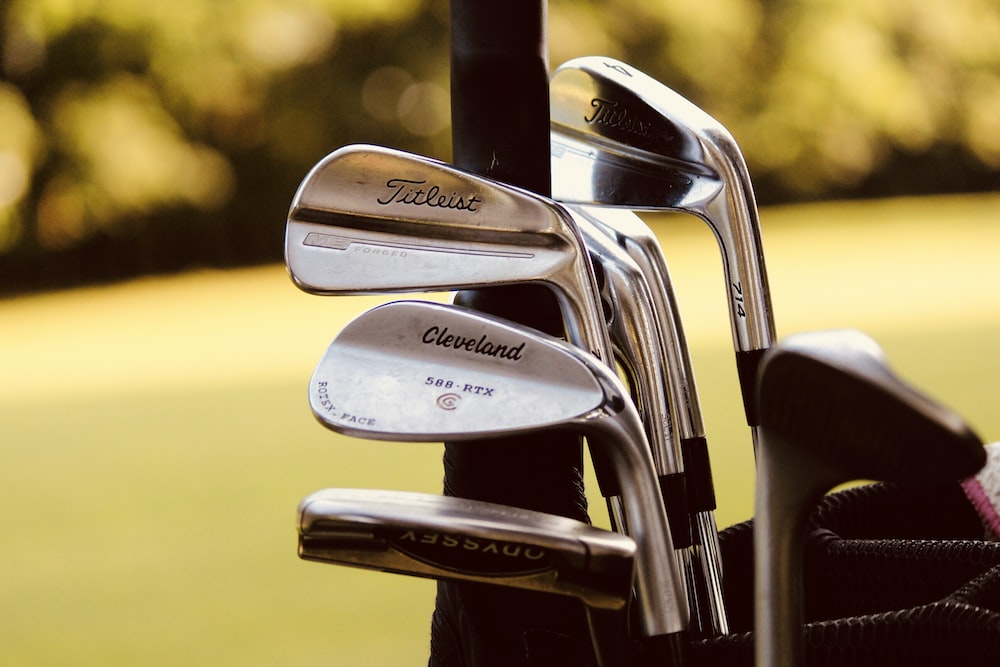Introduction:
Golf is a sport that requires skill, precision, and the right equipment. While many factors contribute to a golfer’s success, one of the most important is the selection of the right golf club. With so many types of golf clubs available, it can be overwhelming for beginners to understand which one to use for each shot. In this article, we’ll provide a step-by-step guide to the different types of golf clubs, their uses, and how to select the right one for your game.
Step 1: Understanding the Basic Types of Golf Clubs
There are four basic types of golf clubs: woods, irons, wedges, and putters. Each type has its own unique characteristics and is designed for specific shots.
Woods: The largest clubs in a golfer’s bag, woods are designed for long-distance shots. They are typically made of metal or graphite and are numbered 1 to 5, with the 1-wood being the largest and longest-hitting club.
Irons: Irons are designed for a range of shots, from short-distance to mid-distance shots. They are numbered from 1 to 9, with the 1-iron being the longest-hitting and lowest-lofted club, and the 9-iron being the shortest-hitting and highest-lofted club.
Wedges: Wedges are designed for short shots, typically within 100 yards of the green. They come in several varieties, including pitching wedges, sand wedges, and lob wedges, and are used for shots that require high loft and spin.
Putters: Putters are designed for use on the green and are used to roll the ball into the hole. They come in a variety of shapes and sizes, each with its own unique characteristics and benefits.
Step 2: Understanding Club Head Design
Each golf club has a unique club head design that affects its performance. The three main club head designs are cavity back, blade, and hybrid.
Cavity back: Cavity back clubs have a hollowed-out back, which shifts the weight of the club to the perimeter, making it more forgiving and easier to hit.
Blade: Blade clubs have a solid back and are typically used by more advanced golfers who prefer the precision and control they provide.
Hybrid: Hybrid clubs are a cross between a wood and an iron, combining the forgiveness of a wood with the control of an iron. They are often used to replace long irons and woods in a golfer’s bag.
Step 3: Understanding Club Shaft Flex
The flexibility of a golf club’s shaft affects the trajectory and accuracy of the shot. There are five main shaft flex options: extra stiff, stiff, regular, senior, and ladies.
Extra stiff: Extra stiff shafts are designed for golfers with very high swing speeds and typically produce a lower ball flight.
Stiff: Stiff shafts are designed for golfers with moderate to high swing speeds and produce a mid-range ball flight.
Regular: Regular shafts are designed for golfers with moderate swing speeds and produce a higher ball flight.
Senior: Senior shafts are designed for golfers with slower swing speeds and produce a high ball flight.
Ladies: Ladies shafts are designed for female golfers with slower swing speeds and produce a high ball flight.
Step 4: Selecting the Right Golf Club for Your Game
Choosing the right golf club depends on several factors, including the distance and accuracy of the shot, the golfer’s skill level, and personal preference. As a beginner, it’s important to focus on the basics and select clubs that are forgiving and easy to hit.

